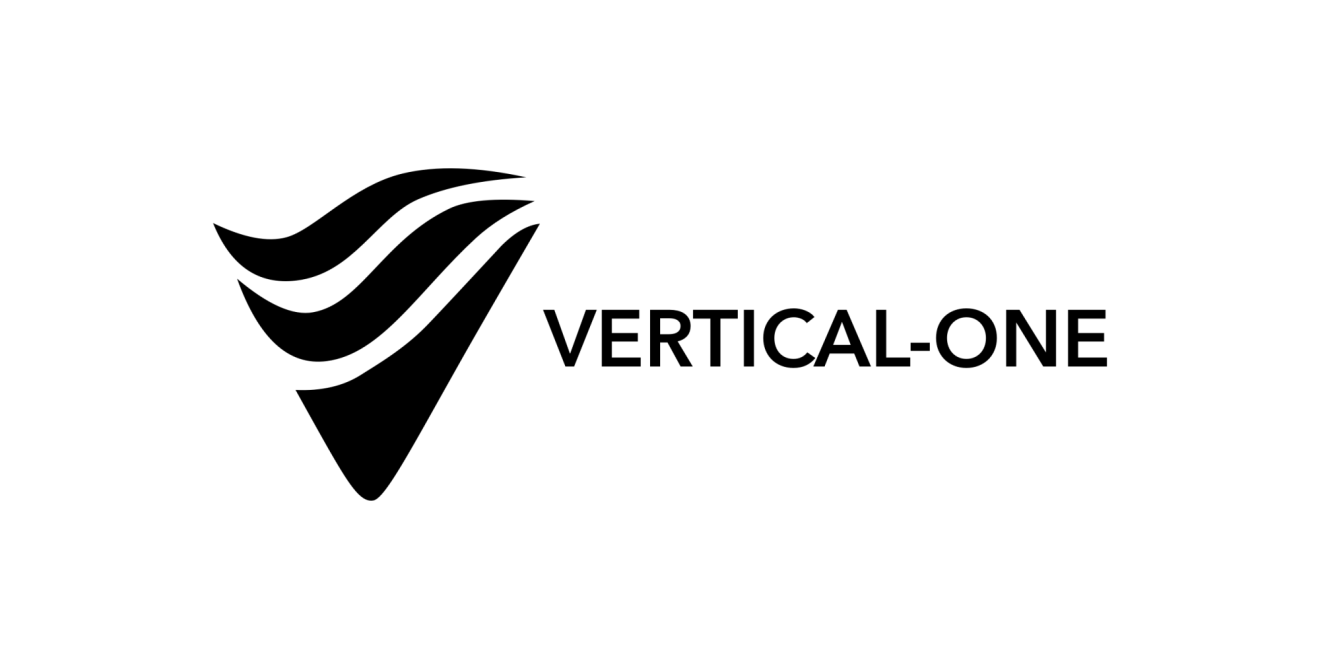Lighthouse Electric is an electrical contractor that is setting new industry standards for innovation in electrical and technology design construction. Their dedication to crafting new techniques and processes has led them to become one of the largest electrical contractors on the east coast and they work with powerhouses like Facebook and GM to solve their complex needs.
To solve these complex needs Lighthouse Electric spends a lot of money, time, and resources to optimize their business. One of their innovations was a Planning and Prefabrication division so teams are now able to design, build, and ship kits to the construction site.
This Planning and Prefabrication team helped to pave the way for the next generation to effectively go paperless, ditch the paper drawings and fully leverage digital solutions such as BlueBeam, Revit and Quickbase to plan, design and track the overall process. This new way of planning jobs has helped to position Lighthouse for mega jobs that would have been extremely difficult to execute without these solutions in place.
Related: Process improvement software, field service management software
Cutting-Edge Innovation, Outdated Software
Coordinating large-scale projects and aligning team members for operational efficiency proved to be a challenge. The prefabrication process needed to be smoother if they were going to continue to grow the business.
Lighthouse Electric has over 50 people on staff solely dedicated to Planning, Layout and Design + 3D modeling, and even more employees that are involved in the prefabrication process. With this many moving parts, it takes effective communication and efficient processes to ensure everything goes smoothly.
The prefabrication process is complex and involves numerous departments. From inception with the Project Managers and Foreman, through the Planning and Prefab teams, to Shipping and logistics and finally back to the foreman for installation. To even start creating a prefab plan for a customer could take between 1,000 and 2,000 tasks to be completed.
Lighthouse Electric was struggling to control this process due to leveraging outdated technology. They were mostly using Microsoft Excel to manage their prefabrication operations, and placing orders for kits by emailing or calling other employees.
They were seeing a breakdown in communication between employees at the home office and those on the jobsite—they were both looking at different information and didn’t have a central source-of-truth to reference.

Similarly, the teams were running into the problem of out-of-date spreadsheets stored on desktops causing duplicate projects or orders being incorrect due to teams not being aligned with their data.
That simply couldn’t continue for a $300 million business.
To take their prefabrication unit to the next level and help Lighthouse Electric grow even more, the team knew they needed a solution that gave them:
The ability to work real time in one system, reducing the need for multiple spreadsheets
Automated notifications so spread out teams could be on the same page
Ability to quickly adapt and change as the prefab division expands and grows
Strong API connections to integrate their other data sources
The hunt was on to find a solution that would give them everything they needed.
Quickbase Unlocks Increased Efficiency and Improved Operations
Bob had previously used Quickbase at a previous company and recognized that the platform could be exactly what the Lighthouse Electric team needed.

After a process-mapping exercise, the team was able to build a Quickbase application to track prefabrication kits from the opportunity stage to installation in the field. The application includes an easy-to-use mobile form that only takes three clicks to get started—lightyears ahead of the previous process.
The Quickbase prefabrication application now provides users with automatic updates on orders, designs, and manufacturing status from real-time dashboards. Automated alerts and notifications facilitate better communications about when kits need to be at job sites for seamless hand-offs. The fully automated workflow includes project management, planning, BIM modeling, fabrication, logistics and field installation.
Quickbase has become the central source-of-truth for this initiative and neatly connects their critical systems in one hub, where every employee can quickly find the information they need within 3 clicks.
Information Revolution
Not only does the Prefab team benefit from this application, managers and executives across the business have gained clearer insights into overall efficiency and project statuses.
With the help of Quickbase, Lighthouse Electric has expanded their prefab options and delivered over 3,000 kits in just 2.5 years after starting the Planning and Prefabrication division. With their applications, they can measure KPIs for requested, budget and actual prefabrication hours. Lighthouse Electric can now provide more accurate estimates for the planning and prefabrication process.
One of the biggest wins Lighthouse Electric has realized from their use of Quickbase is the fact that their bids are now more competitive because they can highlight their modern and efficient systems—leading to more winning bids and more work for the company.
Lighthouse Electric works with some of the world’s largest companies, and the ability to highlight their strong internal systems makes them more attractive to work with.




